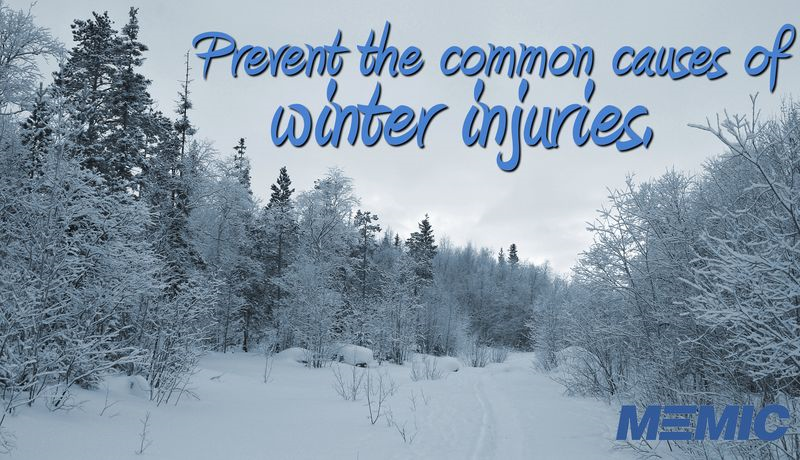Ol' Man Winter Is Comin... Are Your Employees Ready?
Yes, it’s that time of year again. The leaves are down, the pumpkins are just about gone, and the frosty weather is here. Now is the time to ensure your employees are properly trained and equipped to work safely in cold environments.
Cold weather adversely affects any worker who is required to be outside or work in unheated spaces. Workers in the construction, utility, public safety, truck driving, mail delivery, and snow removal industries are regularly exposed to the elements. However, almost all workers have some exposure as they commute to and from work and trek into and out of buildings from their cars.
The hazards of winter weather seem endless, but here are some common causes of injury:
- Slips and Falls: Ensure there is a plan in place for the shoveling, sweeping, salting, and sanding of all walkways, stairways, and parking lots your employees will use through the winter. Footwear is extremely important. Check out previous issues of The Safety Net to read about specific slip/trip/fall prevention, or log onto the Safety Director at MEMIC.com and search “slips” within the Resource Library.
- Cold Stress: The body will lose heat when exposed to cold temperatures. When this heat loss exceeds the ability to create heat, hypothermia occurs. This is an extremely dangerous situation that can affect the person’s ability to think or move effectively. Avoid prolonged exposures whenever possible, dress in layers of wool or synthetic clothing, and take frequent breaks. Avoid exposing bare skin such as fingers, ears, and the nose. Frostbite, the freezing of the tissue, will occur in these areas first. Stay dry, or change wet clothing frequently. Eat well, stay hydrated, and avoid alcohol and caffeine. Learn more about cold stress prevention from the Centers for Disease Control and from OSHA’s Cold Stress Card.
- Winter Driving: Snow and ice wreak havoc on the traveling public, but disasters are largely preventable. If poor weather is forecast, plan ahead and leave plenty of time to get to your destination. Better yet, postpone unnecessary trips until the weather has improved. Keep your vehicle tuned up and be especially aware of your tire condition. Snow tires are the best bet in the winter months, but regardless of tire type be sure to check pressures and tread wear regularly. Also carry the essential equipment in your vehicle: ice scrapers, broom, flashlight, blanket, sand or kitty litter, a snow shovel, and always have a well charged cell phone handy. The National Highway Traffic Safety Administration has a great winter driving tip page.
The bottom line is that winter is soon upon us and we can’t change the weather. All we can do is prepare for it and understand the inherent hazards. Skiers, snow boarders, and snowmobile enthusiasts will rejoice, but if you are at work take the time to prepare for the cold weather and get through the winter safely.


